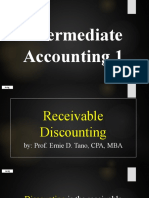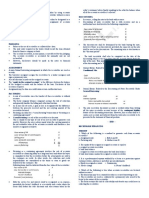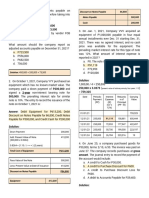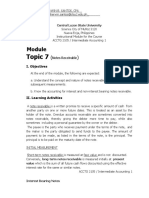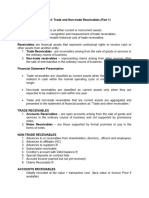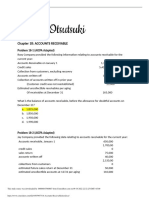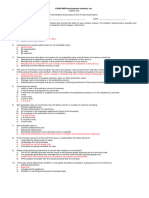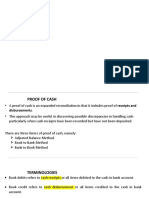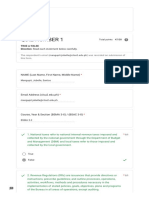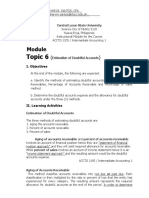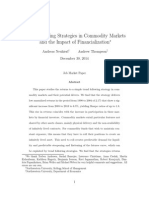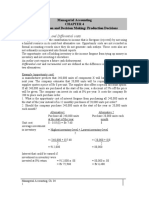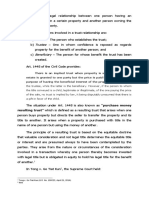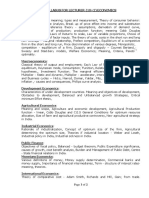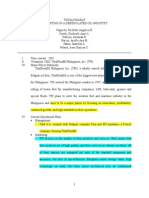100% found this document useful (1 vote)
2K views4 pagesModule 10-Discounting of Notes Receivable
The document provides an instructional module on discounting note receivables, which occurs when the present value received from a note is less than its face amount. It discusses accounting for notes discounted with or without recourse as a conditional sale or secured borrowing. Examples are provided to illustrate how to compute discount amounts and make journal entries for notes discounted under different conditions.
Uploaded by
justine cabanaCopyright
© © All Rights Reserved
We take content rights seriously. If you suspect this is your content, claim it here.
Available Formats
Download as DOCX, PDF, TXT or read online on Scribd
100% found this document useful (1 vote)
2K views4 pagesModule 10-Discounting of Notes Receivable
The document provides an instructional module on discounting note receivables, which occurs when the present value received from a note is less than its face amount. It discusses accounting for notes discounted with or without recourse as a conditional sale or secured borrowing. Examples are provided to illustrate how to compute discount amounts and make journal entries for notes discounted under different conditions.
Uploaded by
justine cabanaCopyright
© © All Rights Reserved
We take content rights seriously. If you suspect this is your content, claim it here.
Available Formats
Download as DOCX, PDF, TXT or read online on Scribd
/ 4

